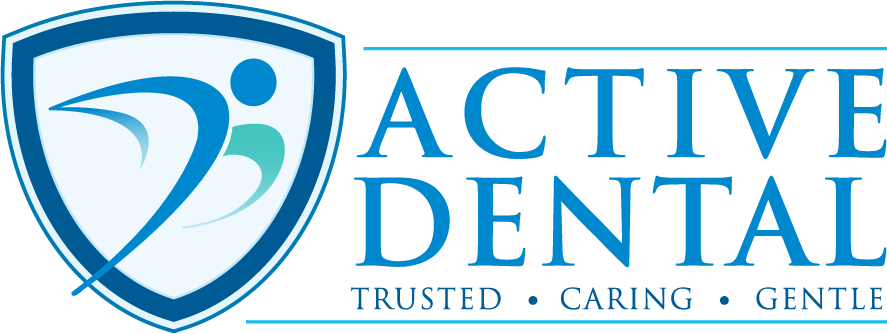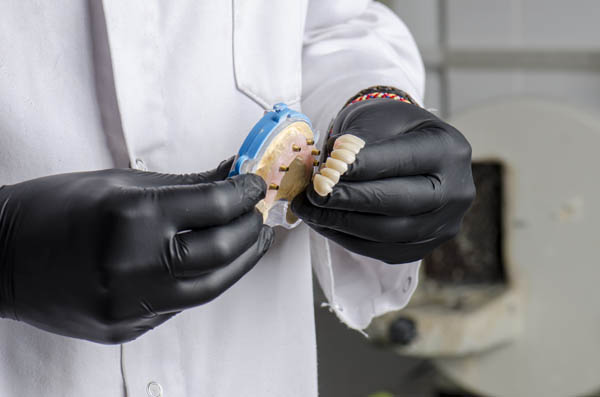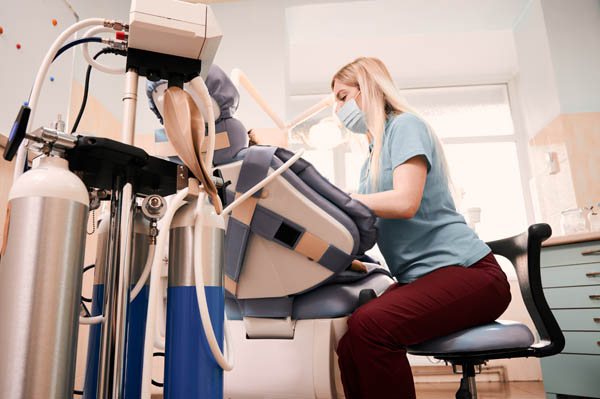Laser dentistry is becoming increasingly popular nowadays. That’s because lasers can be effectively used to treat two of the most common oral ailments: tooth decay and gum disease. Many dentists now have laser tools in their facilities, so it’s often up to you to decide if you want to use traditional tools or their laser equivalents.
The American Dental Association and Food and Drug Administration have approved the use of lasers by dentists. That likely also has a lot to do with the popularity of laser dentistry since it verifies the safety of these procedures.
While traditional dentistry utilizes rotary tools, drills, cleaning brushes, and enamel scissors, a dental laser is the main tool used for laser dentistry. The laser emits an energy beam that can cut into all sorts of materials like teeth and gum tissue. Different wavelengths are used for different materials, but the laser is basically used to perform tasks that were traditionally performed with metal tools. Lasers are also used with some teeth whitening products to activate the bleaching agents.
Why laser dentistry is virtually painless
Metal dental tools like drills can cause vibrations that lead to pain. It’s a completely different story with lasers. These tools have a high level of precision, and that allows your dentist to target specific areas that are being worked on without harming the surrounding gum tissue or teeth. Most procedures performed with lasers do not require anesthesia. If pain is something that makes you nervous about going to the dentist, talk to your dentist about laser dentistry. Lasers are safe for people of all ages.
There are some limitations when it comes to lasers though. It can’t be used for certain procedures like treating cavities in tight spaces or polishing fillings.
Traditional dentistry
The conventional form of dentistry is also known as drill dentistry since it often requires the use of a drill for most procedures like root canals. The drills have a wide variety of bit sizes and shapes, each for a specific purpose. These dental drills have become very powerful over the years with some rotating as much as 800,000 times per minute.
Traditional dentistry tends to have more pain associated with it. That’s because of all the vibration the drill generates. Drills also create a weird burnt-teeth odor as they power through layers of your teeth. One advantage traditional dentistry has over laser dentistry is the fact it remains the more affordable alternative.
Common laser dentistry uses
Lasers are commonly used by dentists to deal with dental issues like:
1. Tooth decay
Lasers can be used to remove the decayed part of a tooth and prepare the cavity for fillings. Lasers are also used during root canals to remove bacteria.
2. Gum disease
Lasers can be used to treat various stages of gum disease. It’s one of the most common gum disease treatments.
3. Lesion removal
Small pieces of tissue can be removed with lasers. That’s helpful for biopsy and the removal of lesions.
4. Teeth whitening
The bleaching agents in many in-office whitening compounds are activated with lasers.



